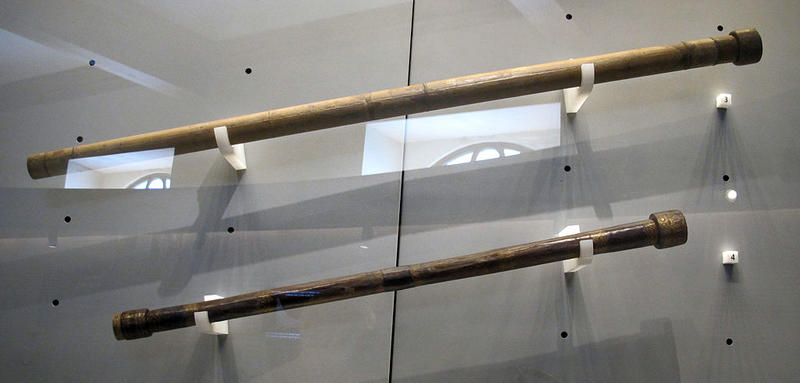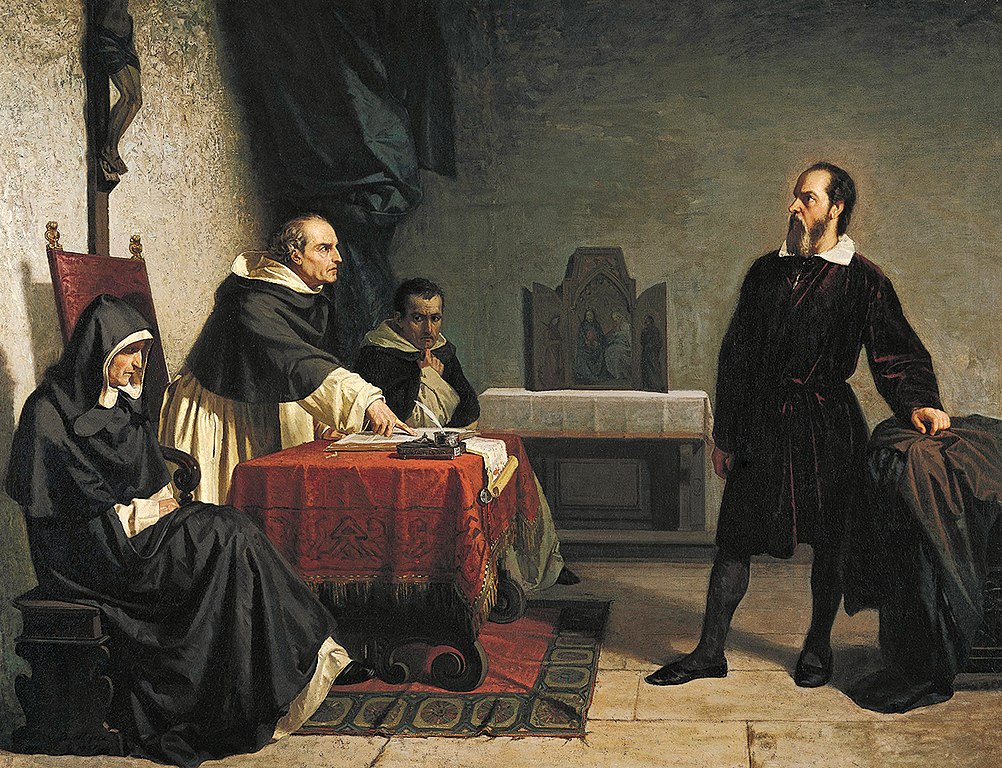
Much like Madonna and Cher, Galileo was such a revolutionary thought leader that we only know him by his first name. He made important contributions to the fields of astronomy and mathematics, but made a powerful enemy of the Catholic Church and even avoided being burned at the stake for suggesting that perhaps the secrets of the universe expanded beyond what was known in medieval times.
Galileo’s early years
Galileo Galilei was born in 1564 in Pisa, Italy, as the eldest of six children of Vincenzo Galilei. Galileo turned out to be so bright and curious that he enrolled at the University of Pisa when he was just 16, intending to study medicine before discovering a new passion for mathematics. He was especially interested in how mathematics explains the motion of objects, and in just two years he published his first formula describing the natural laws relating to the motion of pendulums. Although he never completed his studies, Galileo served as head of the mathematics departments at the Universities of Pisa and Padua, where he conducted a series of experiments on the velocity and acceleration of falling objects,

Galileo’s Telescope
Galileo did not invent the telescope, but he greatly improved its design. The first telescope he built in 1609 was more powerful than any before it, and the following year, he discovered four celestial objects orbiting Jupiter that he assumed were stars but were actually the planet’s four largest moons. He also observed details on the surface of Earth’s moon and numerous stars he had never seen before, publishing his findings in a book called The Starry Messenger .
Galileo understood the importance of wealthy patrons, so he used the Stellar Messenger to kiss the powerful Medici family, suggesting that the newly observed cluster of stars be called the Medician Stars. As a result, Cosimo Medici named Galileo the official philosopher and mathematician of the Medici family, and his association with them gave him a platform to advance his scientific theories.

The Roman Inquisition
In Galileo’s time, science was deeply intertwined with philosophy and religion. Aristotle’s statement that the Earth was the center of the universe was accepted as fact. The religious community in particular liked this idea because it offered proof that the Earth was a unique and special place created by God, but science was starting to force people to question these traditional ideas. A new and controversial idea was that the Sun was the center of the galaxy, which was considered blasphemy by the Catholic Church.
When Galileo published his book Dialogue Concerning The Two Chief World Systems in 1632, he tried to present the heliocentric and geocentric arguments equally, but considering other points of view it wasn’t really the Church’s bag, so Galileo was drafted into the Roman Inquisition. He was accused of heresy, threatened with death and given the opportunity to recant his beliefs to save himself from the stake. After seeing what happened to the people who refused, Galileo accepted the deal, publicly expressing his regret and insisting that his heliocentric conclusions were the result of incorrect data and calculations.

Galileo’s later life and beyond
Galileo was spared a violent death but forced to live out the rest of his days under house arrest. He died of natural causes on 8 January 1642 aged 77. He never married, but had three children with Marina Gamba, and although Galileo clashed with the Catholic Church, both of his daughters entered a convent in Florence and became nuns. His son, named after his grandfather, displayed the older man’s musical talents and became a lute player.
Galileo’s writings were banned by the Catholic Church until 1744, but he was decidedly on the right side of history. Two twelfth-century popes, Pius XII and John Paul II, officially apologized for the Church’s treatment of the scientist, but on March 12, 1737, nearly 100 years after Galileo’s death, he exacted a most macabre and unholy revenge. Historian Anton Francesco Gori removed the skeletal middle finger from his corpse, which is now on display at the Museum of the History of Science in Florence, pointing upwards in supplication for the viewer to look up to the sky or in eternal defiance of those who oppressed him, depending on your interpretation.